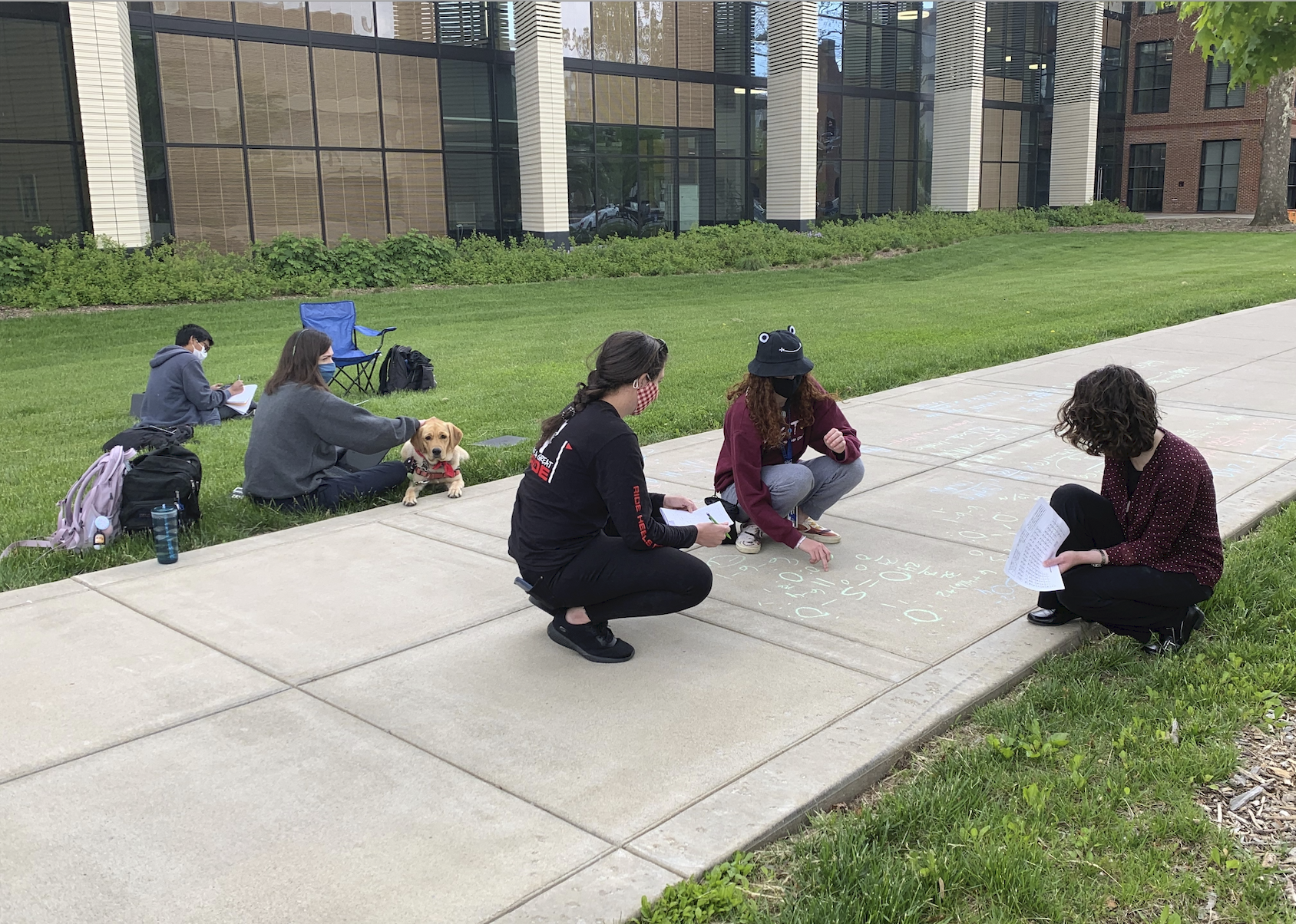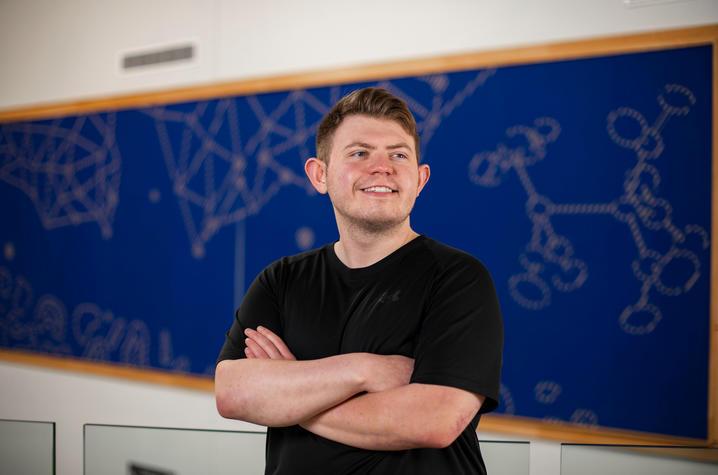Exit Seminar - Investigation of Multidrug Efflux Pump Acrab-Tolc in E.Coli: Assembly and Degradation of the Complex and the Dynamics of ACRB
Abstract: The Resistant Nodulation Division (RND) super family member, tripartite AcrA-AcrB-TolC efflux pump is a major contributor in conferring multidrug-resistance in Escherichia coli. The structure of the pump complex, drug translocation by functional rotation mechanism has been widely studied through crosslinking studies, crystallography, and Cryo-EM efforts. Furthermore, the ClpXP system has been identified as important in degrading ssrA tagged AcrB. Despite all this data, the dynamics of assembly process of the pump and AcrB during functional rotation in the process of drug efflux, the proteases in degrading AcrB remains poorly understood. The focus of my thesis is understanding pump assembly process, dynamics of AcrB in functional rotation mechanism, and identifying the proteases that degrade ssrA tagged AcrB. First, I used disulfide bond crosslinking, minimum inhibitory concentration (MIC) and EtBr efflux assay in studying the importance of the relative flexibility at the inter-subunit interface by introducing 6 inter-subunit disulfide bonds into the periplasmic domain of AcrB using site directed mutagenesis. Based on MIC the double Cys mutants tested led to equal or higher susceptibility to AcrB substrates compared to their corresponding single mutants. EtBr accumulation assays was conducted utilizing DTT as the reducing agent. In two cases, the activities of the double Cys-mutants were partially restored by DTT reduction, confirming the importance of relative movement in the respective location for function. In the second project, I tested the effect of over-expressing functionally defective pump components in wild type E. coli cells to probe the pump assembly process. Incorporation of defective component is expected to reduce the efflux efficiency of the complex and leading to the so called “dominant negative” effect. We examined two groups of mutants defective in different aspects and found that none of them demonstrated the expected dominant negative effect, even at concentrations many folds higher than their genomic counterpart. Based on the data the assembly of the AcrAB-TolC complex appears to have a proof-read mechanism that effectively eliminated the formation of futile pump complex. Moreover, I utilized a novel tool- transposons library creation in studying the possible other proteases contribute to degradation of the AcrB-ssrA. The next generation sequencing identified already known ClpXP gene and MIC and western blot analysis confirmed the results. These, findings provide new insights to the dynamics of the AcrAB-TolC efflux pump in E. coli. Key words: multidrug efflux pump, AcrB, assembly, disulfide, conformational changes, ssrA.
Join the seminar at

 Looking for a new way to motivate her students to prepare for the spring final exam in CHE 105, Dr. Erin Peters, an instructor in the Department of Chemistry, seized on the idea of an outdoor office hour.
Looking for a new way to motivate her students to prepare for the spring final exam in CHE 105, Dr. Erin Peters, an instructor in the Department of Chemistry, seized on the idea of an outdoor office hour. As a 6th grade student in his hometown of Greencastle, Indiana, Jack Steele realized that his life ambition was to be a chemist and, when time came to go to college, he pursued a BA in chemistry at DePauw University. Jack worked on electrochemistry with Prof. Eugene Schwartz at DePauw the summer of 1964 after getting his BA. Following his work at DePauw, Jack opted to pursue a Ph.D. at the University of Kentucky. He had a great appreciation for Prof. Donald H.
As a 6th grade student in his hometown of Greencastle, Indiana, Jack Steele realized that his life ambition was to be a chemist and, when time came to go to college, he pursued a BA in chemistry at DePauw University. Jack worked on electrochemistry with Prof. Eugene Schwartz at DePauw the summer of 1964 after getting his BA. Following his work at DePauw, Jack opted to pursue a Ph.D. at the University of Kentucky. He had a great appreciation for Prof. Donald H. LEXINGTON, Ky. (May 7, 2021) — If you ask Matthew Farmer what inspired him to pursue a degree in chemistry, his answer is simple:
LEXINGTON, Ky. (May 7, 2021) — If you ask Matthew Farmer what inspired him to pursue a degree in chemistry, his answer is simple: